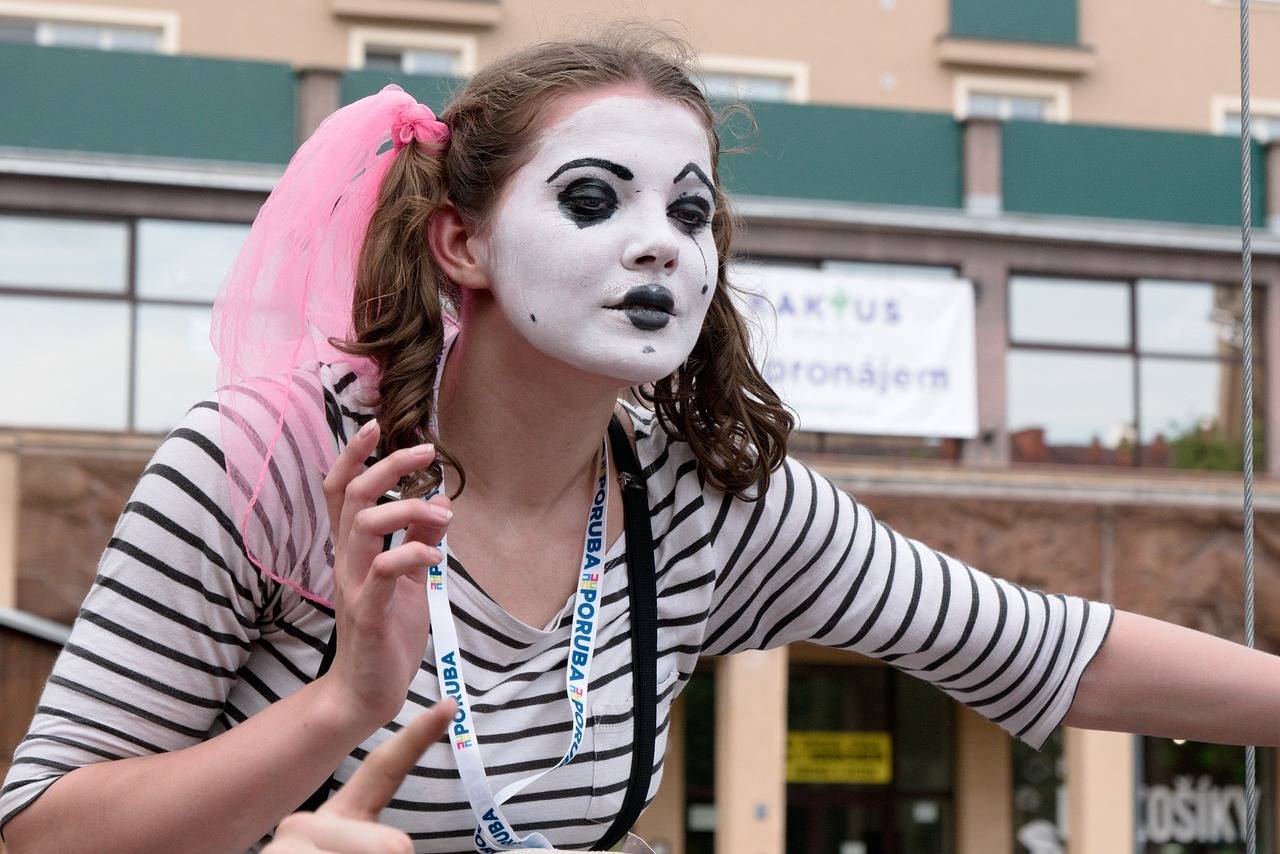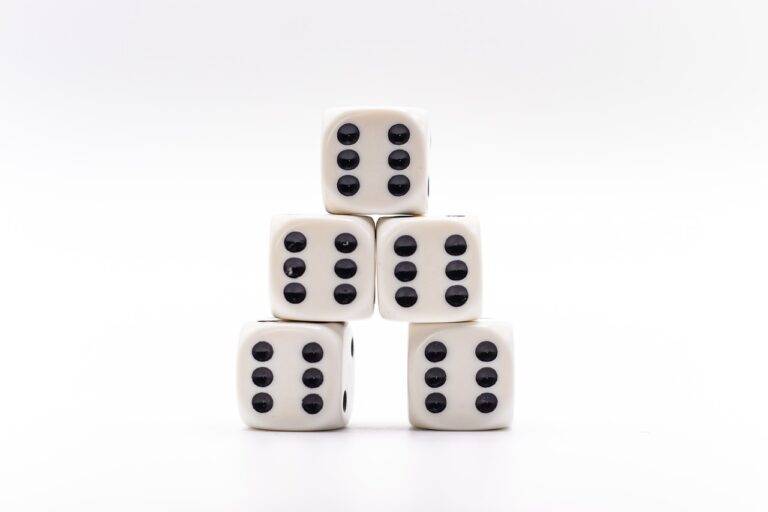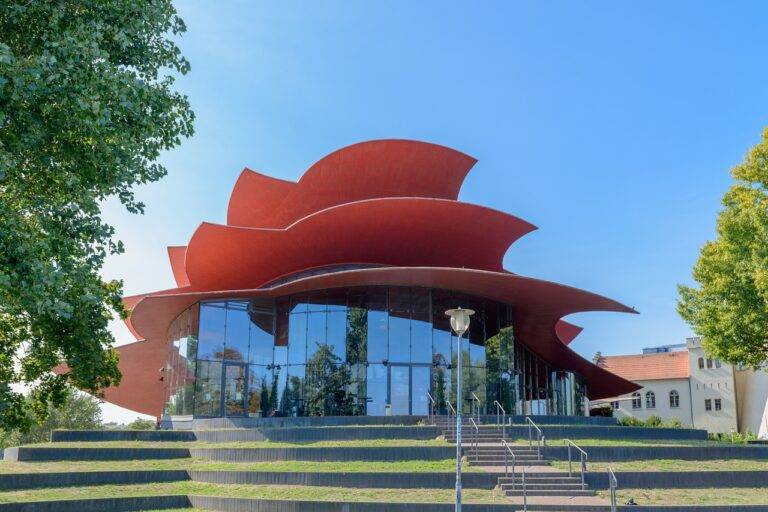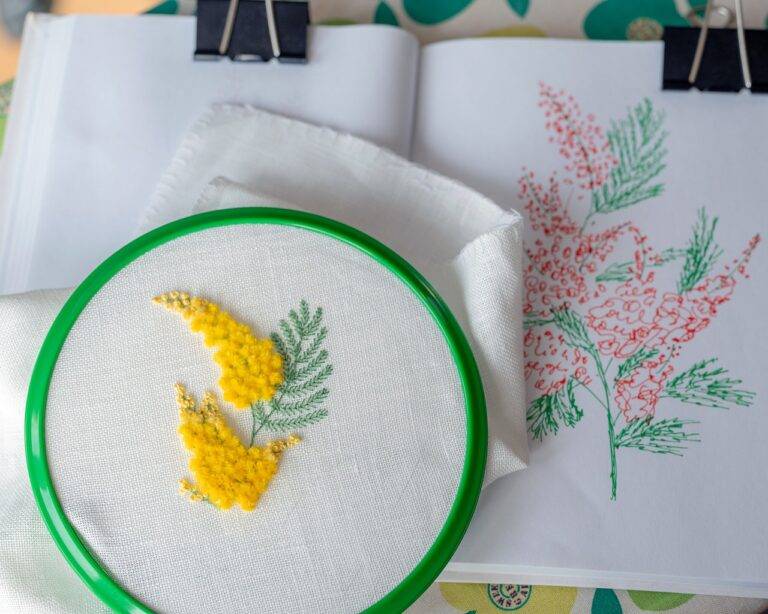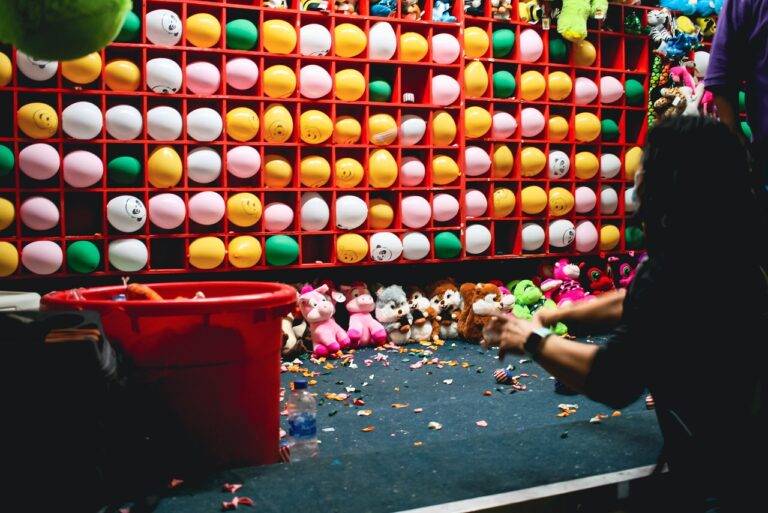Behind the Scenes: The Role of Production Design in Creating Movie Worlds
Production design plays a crucial role in enhancing the visual storytelling of a film. It is responsible for creating a cohesive and immersive world that not only complements the narrative but also helps in conveying the emotions and themes of the story effectively. From the choice of colors, textures, and props to the overall aesthetic of the sets, every aspect of production design is meticulously planned to ensure that the audience is fully immersed in the world of the film.
Moreover, production design is instrumental in setting the tone and atmosphere of a film. Whether it’s a dystopian future, a whimsical fantasy world, or a gritty urban landscape, the production design helps to establish the mood and ambiance of the story from the very first frame. It allows filmmakers to visually communicate the intended emotional response and guide the audience through the narrative journey. In essence, production design serves as a visual language that communicates subconsciously with the viewers, enriching their cinematic experience and making the story more impactful.
Setting the Tone with Production Design
In the realm of filmmaking, production design plays a critical role in establishing the overall tone and atmosphere of a movie. The visual elements carefully curated by production designers have the power to evoke specific emotions and guide the audience’s perception of the story being told. From the color palette to the choice of props, every detail contributes to setting the tone for the narrative.
Through the strategic use of lighting, set design, and costume choices, filmmakers can effectively immerse viewers in the world they have crafted. Whether it’s a gritty urban landscape or a whimsical fantasy realm, production design serves as the foundation upon which the entire cinematic experience is built. By paying meticulous attention to the aesthetics of a film, creators can transport audiences to an alternate reality and evoke a myriad of feelings and reactions.
Creating Authenticity Through Production Design
When it comes to the world of filmmaking, production design plays a vital role in creating an authentic and immersive experience for the audience. Every element meticulously chosen, from the set design to the props, contributes to building a world that feels real and believable. The production designer’s attention to detail ensures that every aspect of the film aligns with the story’s time period, location, and overall aesthetic, enhancing the audience’s suspension of disbelief.
Authenticity in production design goes beyond just creating visually striking sets; it involves thorough research, collaboration with the director and other departments, and a deep understanding of the characters and their environment. By paying close attention to historical accuracy, cultural nuances, and the characters’ personalities, the production designer can breathe life into the film’s world, making it feel lived-in and genuine. This level of authenticity not only enhances the audience’s viewing experience but also adds depth and richness to the storytelling, allowing for a more immersive and compelling narrative.
• Authenticity in production design involves thorough research and attention to detail
• Collaboration with the director and other departments is essential for creating a believable world
• Historical accuracy, cultural nuances, and character personalities contribute to authenticity
• Authentic production design enhances the audience’s viewing experience
• Adds depth and richness to storytelling for a more immersive narrative
What role does production design play in film?
Production design is crucial in setting the visual tone and atmosphere of a film. It helps create the world in which the story takes place and enhances the overall authenticity of the film.
How does production design help in setting the tone of a film?
Production design uses sets, props, costumes, and overall aesthetics to establish the mood and atmosphere of a film. It helps convey the emotions and themes of the story to the audience.
How does production design contribute to creating authenticity in a film?
Production design is essential in making the world of the film feel real and believable. By paying attention to detail and ensuring consistency in the design elements, production designers can create an authentic environment that enhances the overall storytelling.
What are some key elements of production design that contribute to authenticity?
Some key elements of production design that contribute to authenticity include set design, props, costumes, lighting, and overall visual style. By carefully crafting these elements to reflect the time period, location, and characters of the film, production designers can create a world that feels genuine and immersive.

